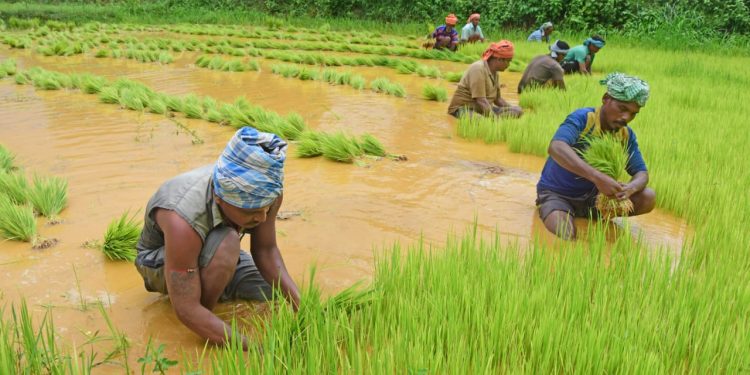The challenge in our agricultural landscape has seen a marked shift. From who is a farmer in India to how we collate the data on every farmer in India. Now, governments are beset with an even bigger challenge of profiling farmers in India. Or creating a seamless, unified farmers’ database. The Indian government has big stakes in this integrated farmers’ repository. Imbued with the vision for an India Digital Ecosystem for Agriculture (IDEA), the government is thinking aloud and building the national farmers’ database with great fervour. I hail it as a laudable initiative, promising to energise our digital farm economy and prepare our farmers for Agriculture 4.0. In the same vein, I’m a trifle concerned, if not sceptical, about how we are sourcing data.
India plans to create a massive database for some 150 million farmers. The database will connect crucial data points – the number of occupational farmers, how much land they own and where, what they grow, and which agro-climatic zones they fall in. This database can bring in benefits galore for the entire agriculture value chain.
Agribusinesses can use the hi-tech database to gain unparalleled insights into the rural economy and even specific land parcels, allowing them to create tailored products for farmers. The government has signed contracts with CISCO, Ninjacart, Jio Platforms Limited, ITC Limited and NCDEX e-Markets Limited to develop the database.
The digital repository will aid precise targeting of subsidies, services and policies, help raise farmers’ income and digitally connect the growers with agri-insurance companies, supermarkets, seed suppliers, agri-tech companies. Also, the platform can be used by lending institutions to determine a farmer’s creditworthiness.
It makes ample sense to harness data to revamp the culture of agriculture. According to a recent EY report, India’s farm economy is projected to grow to $24 billion by 2025, fuelled by agri-tech adoption. The national farmers’ database, an effort towards building the IDEA, is extracting data from PM-KISAN, Pradhan Mantri Fasal Bima Yojana (PMFBY) and the soil health cards. But how credible is the data pool?
The absence of a single version of the truth has created inconveniences for farmers and policymakers alike. Farmers lack a mechanism to figure out their eligibility for different schemes. Owing to this, they need to provide the same set of information each time for multiple schemes. That apart, the burden is on the farmer to validate his identity every time while applying for each scheme. For officials, identifying the right beneficiaries gets cumbersome when there is a lack of consolidated farmer data. Moreover, data entry issues at the ground level lead to scheme delivery delays.
Overcoming legacy problems in the farm-to-fork chain needs a golden records database with an immersive 3600 profiling of a farmer’s demographics. A digital solution that aggregates information with the farmer as the premise and not his family. This system can have more efficacy than the normative land records databases and farm registries with 100 per cent Aadhaar seeding and authenticated bank details of the farmers. A consummate database populated with details of all categories of farmers – cultivators and sharecroppers, landless labourers, livestock and fishery farmers and forestry farmers. Such a system can also be seamlessly integrated with external databases like Procurement Automation System, Aadhaar, land records, seed supply, fertilizer management, soil health card and schemes like PMFBY. The system can capture multiple data points of farmers like demographics, occupation, crop and generate a unique application id for each. And an outcome-driven Decision Support System embedded into the solution can serve as a lodestar for policymakers.
Government officials can leverage the digital system to identify beneficiaries, detect anomalies, policy formulation and budgeting, farming advisory service deliveries and impact assessment of schemes. It can make the Minimum Support Price regime more effective and transparent with better mapping of genuine beneficiaries. At the same time the banks and insurance companies can use the data while approving any farm loan. Farmers’ datasets can be leveraged to incentivise them and move away many from the rice-wheat monoculture to high-value agriculture.
Creating a golden records database of farmers is like building the core of IDEA.
The writer is Founder & CEO, CSM Technologies. Views are personal.







































